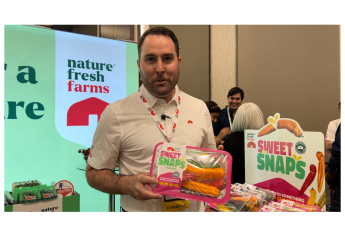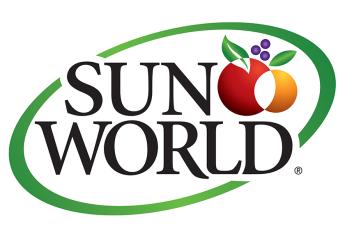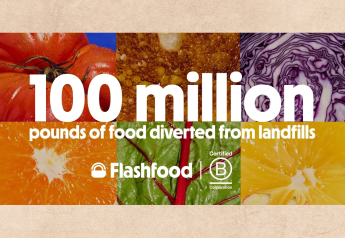Team Papaya: Who's playing and how

The other day, someone asked me if I like to eat papayas, to which I responded, “What kind of papayas?”
It’s a pretty legitimate question, I thought. Instead of receiving an answer such as “solo or sunrise” or “maradol” or “formosa” — or, even for that matter, something more descriptive like “the jumbo kind” or “the cute little guys.”
The inquisitor started to explain to me what a papaya was. Apparently, a papaya is a “yummy, yellowish fruit with a whole lot of slimy black seeds inside.” Because I did not want to turn this chat into a scene, I acknowledged his comment with a nod and confirmed that I do enjoy a sweet papaya from time to time.
This exchange got me thinking: What sort of papaya knowledge does the typical produce customer have, anyway? I mean, if I had asked someone to elaborate on the varieties of apples available at the grocery store, I doubt the answer would be, “You know, the crunchy fruit with a core in the middle.”
The truth is, the typical produce customer is not the typical papaya customer.
Fewer than one out of 15 grocery shoppers have purchased papayas in the last three months, according to recent Execulytics consumer research. It is hard to expect a lot of papaya knowledge from people who are not buying them.
But does this mean we should shut the book on papayas and instead focus on faster-moving produce items, such as strawberries or grapes? No! And I’ll explain why.
While it’s true not many shoppers buy papaya, what’s interesting about those papaya-loving customers is that, in addition to eating papaya, they also eat a lot of produce — 17% more than the non-papaya crowd, Execulytics research shows.
As produce merchants and operators, we go to great lengths to entice shoppers to place one more item in the cart. Well, Team Papaya is already doing that for us. And an incremental item in the cart isn’t the only prize at the end of the papaya rainbow, either.
The cultural makeup of Team Papaya is compelling.
In case you neglected to keep score, let me recap: Minorities spend 12% more on groceries and are three times more likely to purchase papayas. Team Papaya consumes 17% more produce than Team Anti-Papaya. The bottom line: This is a lucrative demographic that you want to attract to your store, and papayas might just be the predictive item to get the job done.
Now that we know the score, how do we act on it? The answer lies in a thorough review of the “4 P’s of Merchandising.” Like all categories though, papayas will only get the full benefit if you manage the 4 P’s as a package deal.
4 P’s of Merchandising:
- Product: Look at your store’s tropical product lineup. If it includes only one papaya, you are likely leaving this opportunity available for your competitors. At minimum, a store should carry at least one small papaya, such as a solo/sunrise or Hawaiian gold, and one large papaya, such as a Caribbean red, maradol or formosa. A green cooking papaya may be useful to round out the assortment.
- Placement: Don’t be afraid to use end caps or off-shelf placements to showcase the assortment. I particularly like an end cap of jumbo papaya.
- Price: The price will likely be important to Team Papaya, so be sure to know how much your competitors are charging. Even a great assortment, smartly displayed, will lose a lot of steam if not competitively priced.
- Promote: In the promotion game, consistency and repetition are key. If you want to attract members of Team Papaya, you need to tell them you are in the game, repeatedly, at regular intervals. I favor a quarterly cycle, essentially once per season, to showcase your broad assortment and competitive pricing.
Dropping your price on a single offer or expanding assortment without promoting it will not have Team Papaya singing Queen's “We are the Champions” in your store. Remember, just like the song says, there is “no time for losers.” You must manage all four P’s to deliver Team Papaya. Then, you can reap the benefits that come with them.
————
Mike Mauti is managing partner of Execulytics Consulting, with 25 years in the produce business focusing on retail and consumers.







